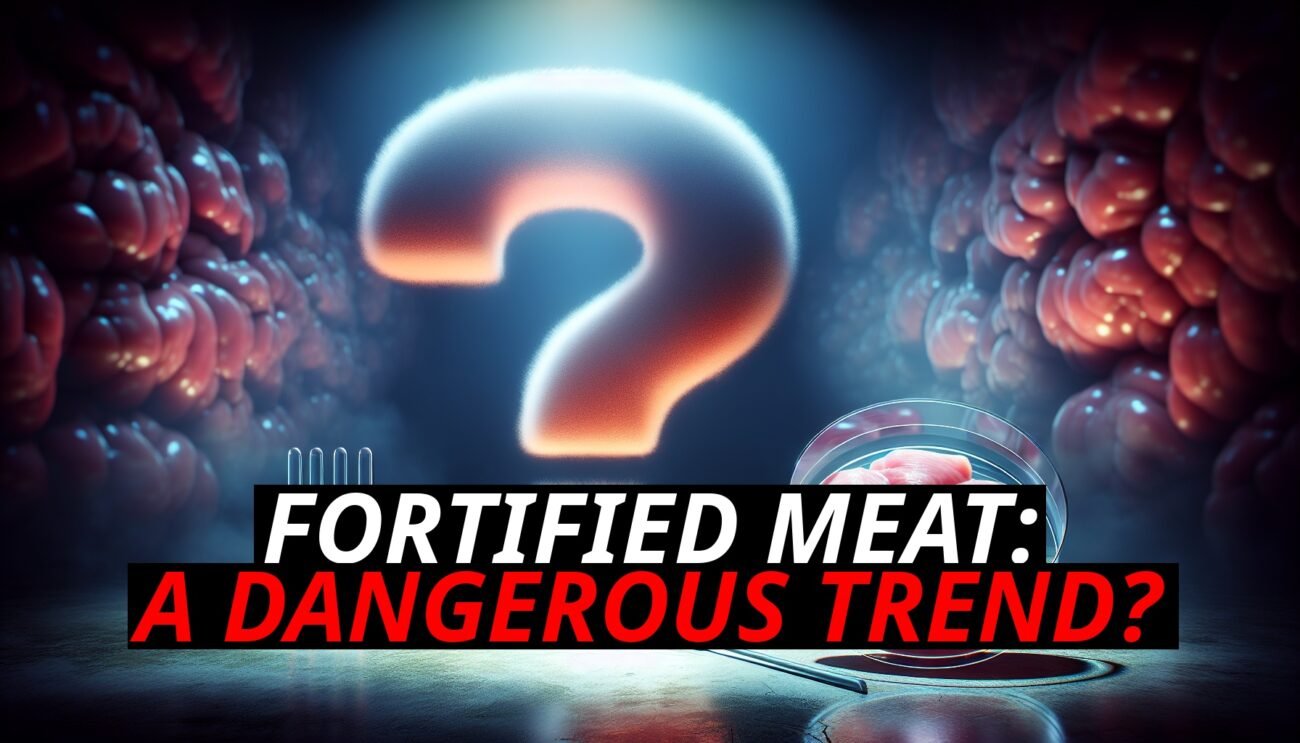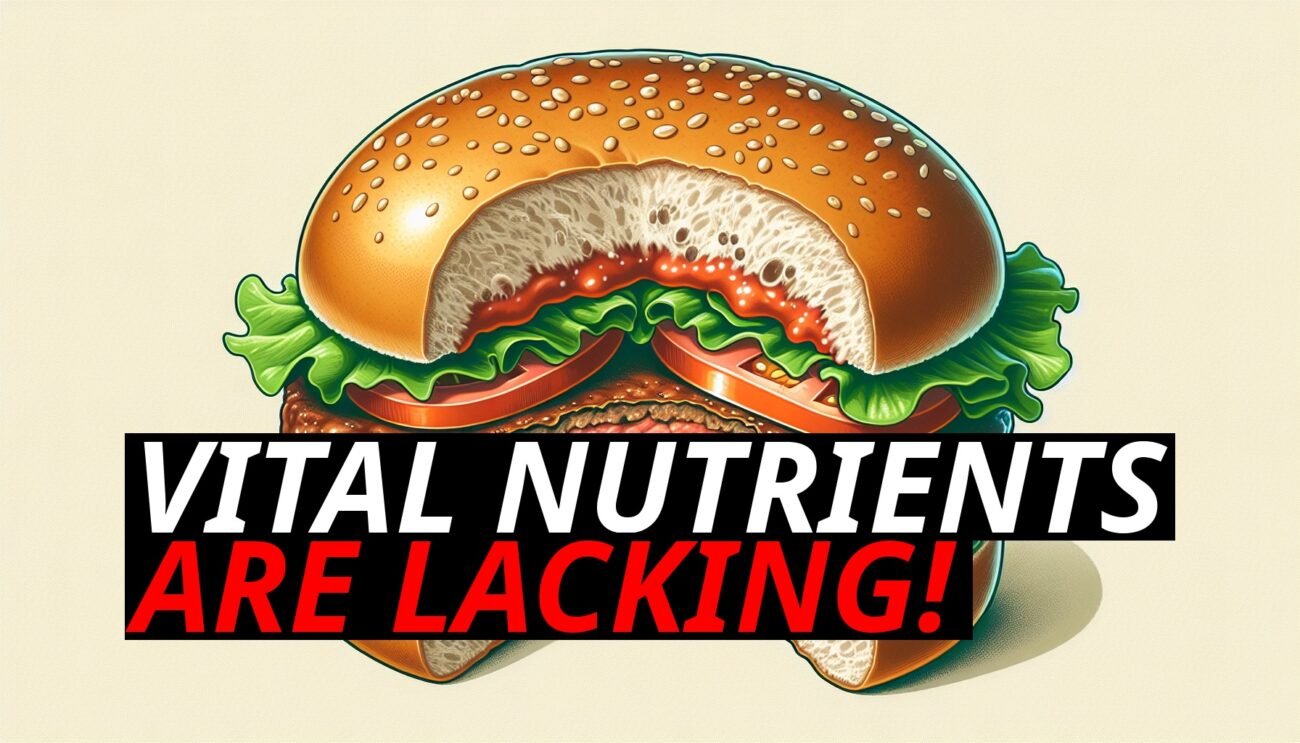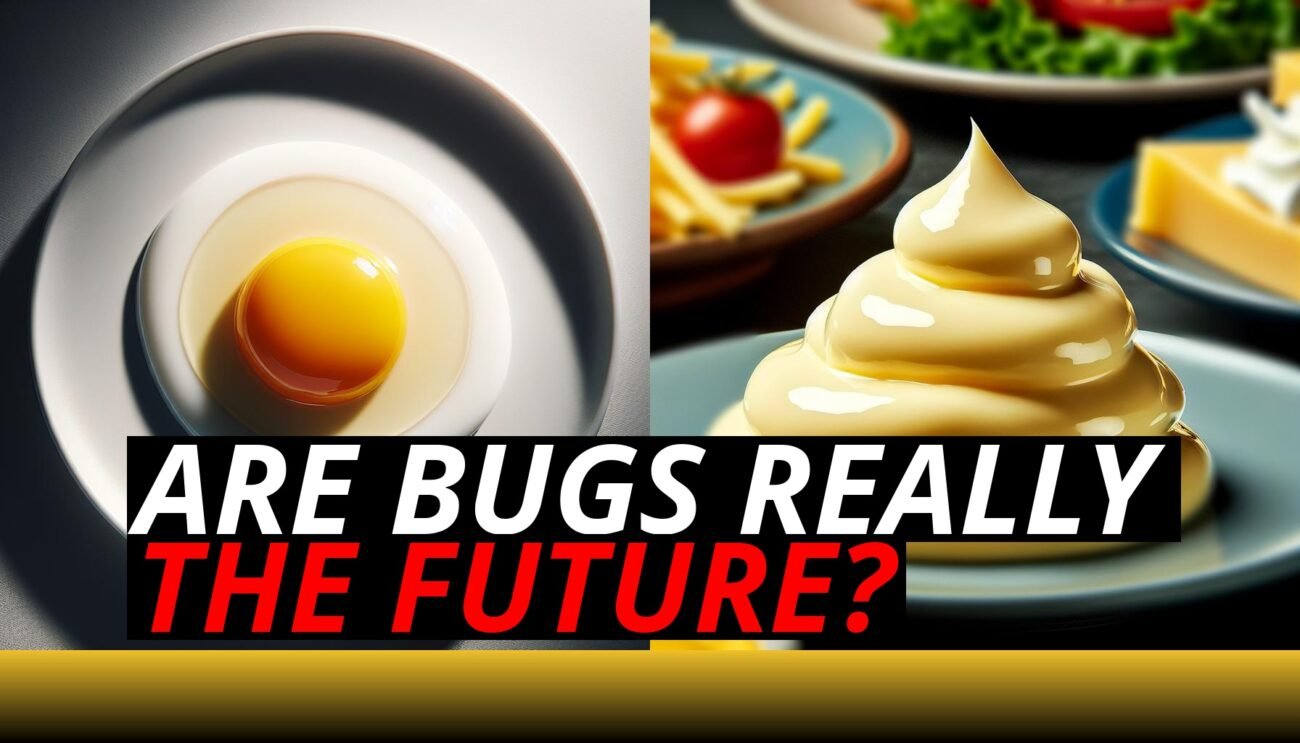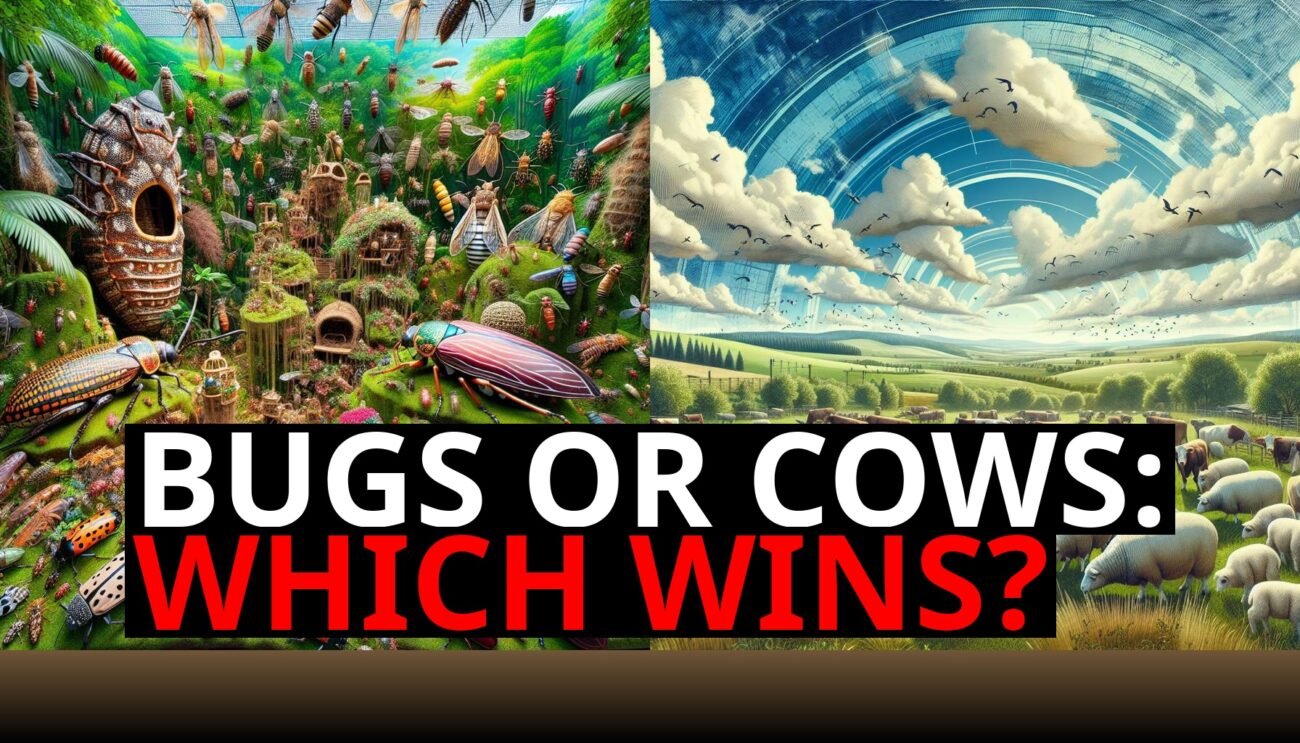You’ve heard the buzz—electric vehicles (EVs) are here to save the planet, and fake meat will transform the way we eat while reducing our carbon footprint. It’s all sunshine and rainbows, right? Well, not quite. While both EVs and plant-based meat alternatives have been marketed as the ultimate eco-friendly solutions, the reality is far more complicated. Beneath the glossy surface, these technologies carry some hidden environmental costs that often get overlooked.
Let’s take a deep dive into the real environmental impact behind the hype, and why these “green” solutions aren’t as flawless as they seem.
The Dark Side Of Electric Vehicle Batteries
Electric vehicles are often hailed as the future of transportation, but they come with a significant downside: their batteries. While EVs may not emit CO2 from a tailpipe, the process of making those zero-emission vehicles is anything but clean.
Lithium Mining and Environmental Damage: The heart of every EV is its lithium-ion battery, which requires lithium, cobalt, and nickel—materials extracted through environmentally harmful mining practices. Mining for these resources leads to deforestation, soil degradation, and water pollution in some of the most biodiverse areas of the world. Entire ecosystems are disrupted, not to mention the carbon footprint left behind by the mining machinery and transport of these metals.
Exploitation and Human Costs: The environmental damage isn’t the only problem. Many of the cobalt mines, particularly in places like the Democratic Republic of Congo, are known for using child labor and having extremely dangerous working conditions. While EV companies promote their products as ethical and sustainable, the reality on the ground can paint a very different picture.
Battery Disposal and Recycling Challenges: Once an EV battery reaches the end of its life (after about 8-10 years), disposal becomes another environmental hurdle. Recycling these batteries is complicated and expensive, and the technology to recycle them efficiently is still in its infancy. Most batteries end up in landfills or need energy-intensive processing, creating additional environmental stress.
The Reality Of Fake Meat Production
While electric vehicles are linked to environmental damage through their batteries, fake meat faces its own set of hidden environmental flaws. For years, plant-based meat alternatives have been touted as the ethical answer to traditional animal agriculture. But the story isn’t as green as you’ve been led to believe.
Monocropping and Its Consequences: The ingredients that make up fake meat—like soy and peas—are often grown using monocropping techniques. Monocropping refers to the practice of growing one type of crop over a large area, year after year. It might be efficient for producing vast quantities of plant-based proteins, but it wreaks havoc on the environment. Monocropping leads to soil degradation, increased reliance on pesticides, and a loss of biodiversity. In short, the environmental cost of growing these crops can rival, or even exceed, that of traditional meat production.
Processing and Additives: Unlike a grass-fed steak that goes straight from farm to table, fake meat undergoes heavy industrial processing to create something that mimics real meat. This processing requires significant amounts of energy, and often involves the use of chemicals and additives to improve texture and taste. What was once a simple plant is transformed into a highly processed food product with a larger carbon footprint than most consumers realize.
Transportation and Packaging: Fake meat also has to be shipped and stored, often requiring refrigeration. This adds even more to its carbon footprint. Traditional animal products, especially those sourced from local farms, tend to have a much simpler supply chain, reducing the amount of energy required to get the product to your plate. In contrast, the global distribution of plant-based alternatives adds another layer of environmental impact that’s rarely discussed.
Top-Down Policies And Market Disconnect
So why do we keep hearing about how amazing EVs and fake meat are for the planet? A lot of it comes down to top-down policies and a major disconnect from market realities. Governments and corporations are driving production and adoption of these products, but not necessarily because they’re the best environmental solution.
Government Incentives and Corporate Quotas: Many countries are pushing aggressive EV production quotas and offering subsidies for manufacturers to ramp up production, all in the name of fighting climate change. Similarly, fake meat companies are benefiting from a surge in investment and government backing as they position themselves as the future of sustainable food. But here’s the catch: these policies often focus on numbers rather than actual outcomes. Just because more EVs and fake meat products are hitting the market doesn’t mean they’re solving environmental problems—especially when they come with hidden costs.
Disconnected from Consumer Needs: Most consumers just want practical, affordable, and truly sustainable options. But these top-down pushes often ignore the real needs of the average consumer. EVs are often more expensive upfront, require significant infrastructure investment for charging stations, and have long charging times. Meanwhile, fake meat can be pricier than traditional meat and often doesn’t taste as good, making it a tough sell for people who want both sustainability and satisfaction.
Ignoring Local Solutions: Governments and corporations may be pushing global solutions, but they’re ignoring more localized, sustainable practices that could make a real difference. For example, regenerative agriculture, which focuses on farming methods that restore soil health and promote biodiversity, could provide a much more sustainable food system than fake meat ever will. Likewise, improving fuel efficiency in traditional vehicles or supporting hybrid technology might be more realistic and impactful than an over-reliance on EVs.
The Path Forward: Real Solutions Over Hype
The hype surrounding EVs and fake meat is hard to ignore, but it’s crucial to dig deeper into their actual environmental impact. Both technologies have their place, but they shouldn’t be seen as one-size-fits-all solutions to our planet’s problems. Instead of focusing solely on these “green” products, we should be looking at a more holistic approach to sustainability.
Supporting True Sustainability: Instead of investing all our hopes in electric cars, what about improving public transportation or making cities more walkable? Instead of relying on fake meat to solve our dietary needs, what if we invested in local food systems and promoted sustainable farming practices?
The answer isn’t simply to embrace whatever product has the greenest marketing. It’s about focusing on what truly works for the environment and for people. And that requires us to move beyond the superficial promises of technology and take a hard look at the real cost of what we consume.
It’s time to shift the narrative and push for genuine, long-lasting solutions that tackle environmental issues without leaving us with hidden flaws that undermine the very goals we’re trying to achieve.













